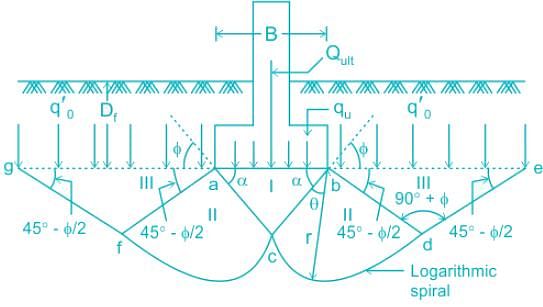Test: Terzaghi’s Analysis - Civil Engineering (CE) MCQ
10 Questions MCQ Test Foundation Engineering - Test: Terzaghi’s Analysis
An analysis of the condition of complete bearing capacity failure is usually termed as ___________
In Terzaghi's bearing capacity analysis, the soil wedge immediately below the footing remains in state of
The concept of analysis of bearing capacity failure was first developed by ___________
The parameters Nc, Nq, Nγ in the equations of bearing capacity failure are known as _________
Which of the following is a limitation, of assumption in Terzaghi’s analysis?
Which of the following are original Terzaghi values for Nγ?
According to the assumptions in Terzaghi’s analysis, the soil is _____
The curve for Nq and Nγ for the transition state from φ = 28° and φ = 38° was given by __________
Terzaghi’s bearing capacity equation is not applicable for ____________
|
18 videos|46 docs|27 tests
|





















